Your Cart is Empty
Free Shipping over $150 (Excludes Oversized Products)
Free Shipping over $150 (Excludes Oversized Products)
Sanding Belts
Sanding Discs

How To Perform Japanese Wood Burning: Shou Sugi Ban
by David Kranker 6 min read

Quick Summary
Shou sugi ban is a Japanese art that involves burning cedar planks, polishing them with wire brushes and sandpaper and sealing them with natural oils. This technique creates a rustic look that also makes the wood more weather and fire resistant.
Woodworkers are always adding new techniques to their repertoire, and one that’s gained a lot of traction lately is shou sugi ban. This Japanese wood preservation technique recently shot to prominence in interior design circles for its ability to bring out the beauty of individual wood pieces as well as resist fire and water damage.
So how does shou sugi ban work, what kind of wood do you use, and what are the benefits? In this blog, the team atRed Label Abrasives outlines how you can perform the time-honored art of Japanese wood burning.
What Is Shou Sugi Ban?
A Japanese term describing "charred cedar planks", shou sugi ban involves burning cedar planks, polishing them with wire brushes and sandpaper and sealing them with natural oils. Known as yakisugi, this ancient Japanese technique produces charred, black wood siding that withstands the elements. Because charred wood doesn’t have the oils needed to sustain a fire, it can serve as a fire retardant; this helps shou sugi ban surfaces last for a long time.
What Is Shou Sugi Ban Used For?
In eighteenth-century Japan, shou sugi ban (also known as yakisugi) was developed to build housing using readily available materials, especially Japanese red cedar.
Due to its long rainy season in the middle of the year, Japan has relatively high humidity between April and November, depending on latitude. Bugs can also be a major problem. As a result, homeowners in early Japan suffered from rot, mold, and infestations.
Red cedar had the best moisture and bug resistance, so Japanese carpenters harvested trees near the coastline, as the salt that penetrated their fibers increased their resilience. However, high demand soon made salt-penetrated wood unsustainable. Then carpenters discovered that burning the wood siding could provide similar protection from rot.
Despite its counterintuitive nature, setting a fire to wood's outer layer also provided a measure of fire protection. As soon as the wood was charred, it was less likely to catch fire. When 2-3 millimeters of wood burn off, the wood's structural support remains, but its external layer of carbon provides fire resistance.
At the time, shou sugi ban was regarded as a cost-effective method of weather-proofing Japanese homes. Today, this method of preserving wood is a trendy option for indoor home decor, especially in places with a rustic or traditional theme, as well as siding, cladding, outdoor furniture, and smaller artisan projects. Although widely viewed as an art, shou sugi ban can be mastered fairly easily with the right wood, tools, and technique.
Recommended Wood for Shou Sugi Ban
Traditionally, shou sugi ban is performed on Japanese red cedar, which is native to Japan. Since this wood can be difficult to source in the western hemisphere, builders here often choose western red cedar as the next best thing. You can also use the following woods:
- Accoya:Timber made from Accoya is resilient and requires less maintenance than other types of wood. Since it contains no toxic substances, it’s also a great choice for interior design projects.
- Pine: Pine is a versatile softwood that resists rot and decay, making it perfectly compatible with shou sugi ban projects.
- Siberian Larch: Known for its beautiful texture, Siberian larch looks great when used for exterior details.
- Spruce: Spruce timber is lightweight but durable. It’s also affordable and easy to find, making it a good choice for new and experienced Japanese wood burning practitioners alike.
Generally speaking, softwoods are the preferred option; although you can use hardwoods like maple and oak, they may not be as durable, so they’re not as suitable for siding, cladding, decking, and other outdoor projects.
The Shou Sugi Ban Process Explained
To get started, you’ll need the following tools:
- Wood
- Propane blowtorch or garden torch
- Fire extinguisher
- Wire brush
- 220-grit sandpaper
- Stain (optional)
- Applicator brush for stain (optional)
- Linseed oil or polyurethane sealer
- Air compressor or wet cloth
Burn the Wood Surface
A reliable and artful burning technique takes time to develop. Most yakisugi woodworkers today use propane-powered blowtorches, which produce tremendous heat in concentrated areas, to burn the surface of the wood. The longer you hold the fire on the wood, the darker the char will be.
While small torches can be used to accomplish this technique, many experts recommend using a large propane torch for a faster, more even burn. With a larger torch, you'll also have more control and avoid the splotched appearance that smaller devices can create.
As you burn the wood, hold the torch 12-18” above the surface and apply the char like you are painting with fire. You may have to apply more heat to the end grains to ensure an even burnt wood pattern, since they burn slower than the face grains.
It is important to note that there are different char levels: if you’re planning to stain the wood afterward, use a light touch. For an alligator skin look, burn the wood until you hear it crack and pop beneath the flame.
Note: You should work in a well-ventilated area with no flammable or combustible materials in the vicinity. Keep a fire extinguisher nearby as well.
Remove Outer Char
You want to maintain a surface with visible grain patterns, so you should use a coarsesheet of sandpaper or wire brush to remove the light layer of ash that forms the outer char. Keep this step to a minimum if your goal is an alligator skin finish. (Be careful not to gouge the wood, as this can leave visible lines in the finished boards.) When done, wipe the wood down to remove as much of the ash and soot as possible. Any residue left behind can be removed with an air compressor or a wet cloth.
Tip:If you're using a wire brush, remove enough top layer of the wood to reveal the brownish-black color that is common to this wood-burning technique.
Apply a Stain (Optional)
If you want to apply a colored stain, do so once you’ve cleaned all ashy residue off the board. Be sure to work in smaller areas at a time, as you want to be able to wipe the stain back before it can set in too heavily.
Using a brush, apply a coat of stain, and wipe it back within five to ten seconds. Depending on the look you’re going for, you may want to apply more or less stain. Go lightly at first and apply more if necessary.
Once you’re done, sand the board with 220-grit sandpaper in areas where you want the natural wood look to come through. This is usually in places where the grain bends. Sand these spots lightly to create an attractive transition from stain to char to natural wood.
Tip:If you’re using sanding sheets, you want to make sure that the grain type is compatible with the wood you’re using.Aluminum oxide andsilicon carbide do an excellent job with both hardwoods and softer woods. Many of our abrasive products feature an anti-clogging stearate for efficient sanding and a cleaner working environment.
Apply a Finish
Protect your wood from the elements by sealing it. Use polyurethane sealer if you have an alligator skin look or have stained the wood, but for smoother surfaces, oil the wood. Boiled natural linseed oil can enhance wood grain accents, which combine with the charred black coloration to create a beautiful patina. You’ll want to reapply this finish approximately every 10-15 years to ensure that the wood maintains its beneficial properties.
Red Label Abrasives: A Cut Above The Rest
When you want to create a feature wall or craft rustic woodworking projects that grab attention, shou sugi ban is an excellent alternative totraditional shiplapping. When you use the best tools, which include high-quality sandpaper, you can expect impressive results.
At Red Label Abrasives, we manufacturesanding sheets that can efficiently clear away post-burn debris and enhance the natural beauty of the wood after staining. Our sanding sheets and sponges are available in different grits and coatings to help ensure compatibility with your unique projects. For more information or to place an order, please call844-824-1956 orfill out our contact form today. ABOUT THE AUTHOR
David Kranker is a writer and creative maker who has been covering the abrasive and woodworking industries on the Red Label Abrasives Blog since 2020. David spends his time continually researching sanding and woodworking to provide readers with the latest and greatest information. In his free time, David utilizes abrasives for many different home and auto projects at his home in Delton, MI.
Our Most Popular Abrasives For Woodworkers
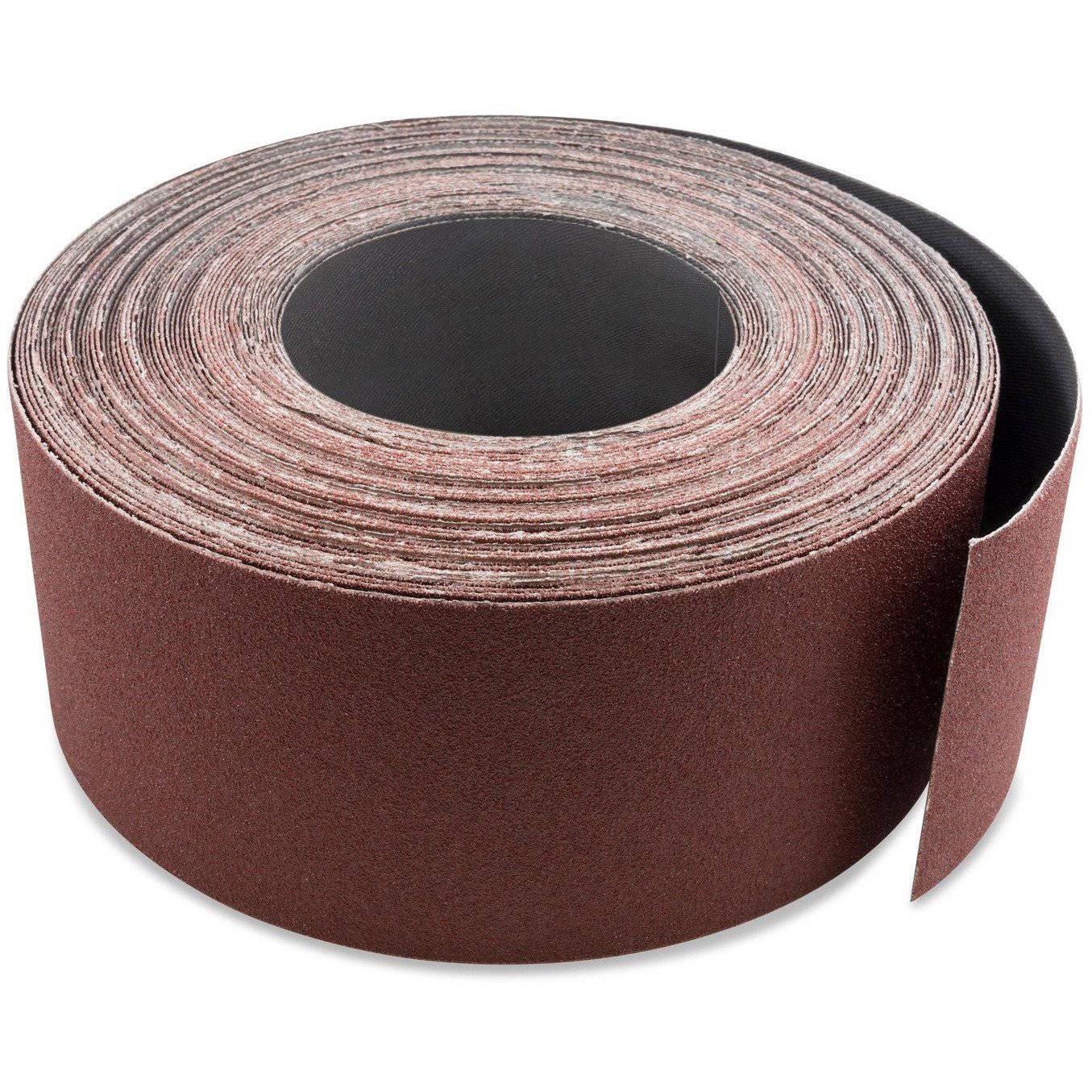
3 inch X 70 FT Woodworking Aluminum Oxide Cloth Drum Sander Strip Roll
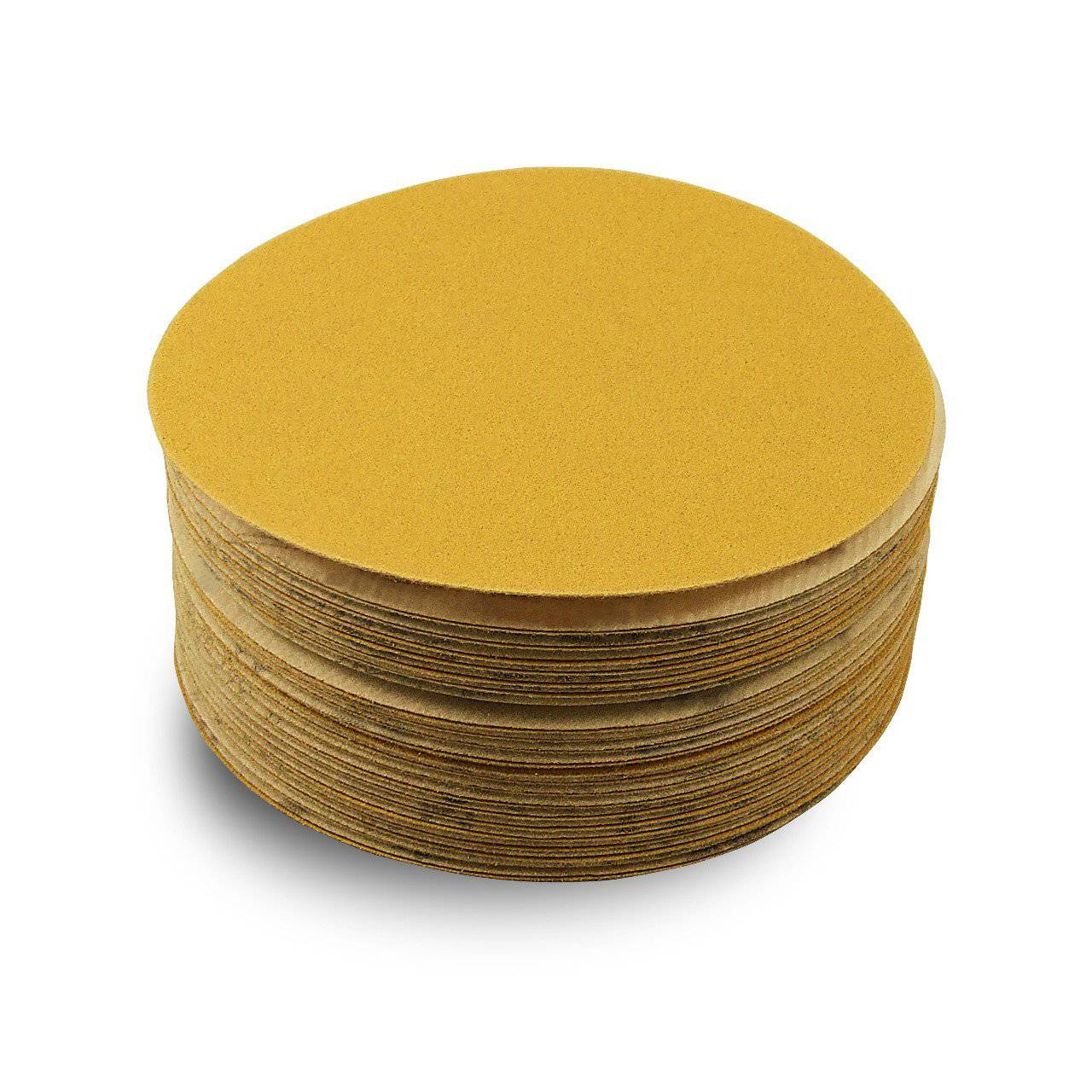
5 Inch Hook and Loop Gold Sanding Discs, 50 Pack
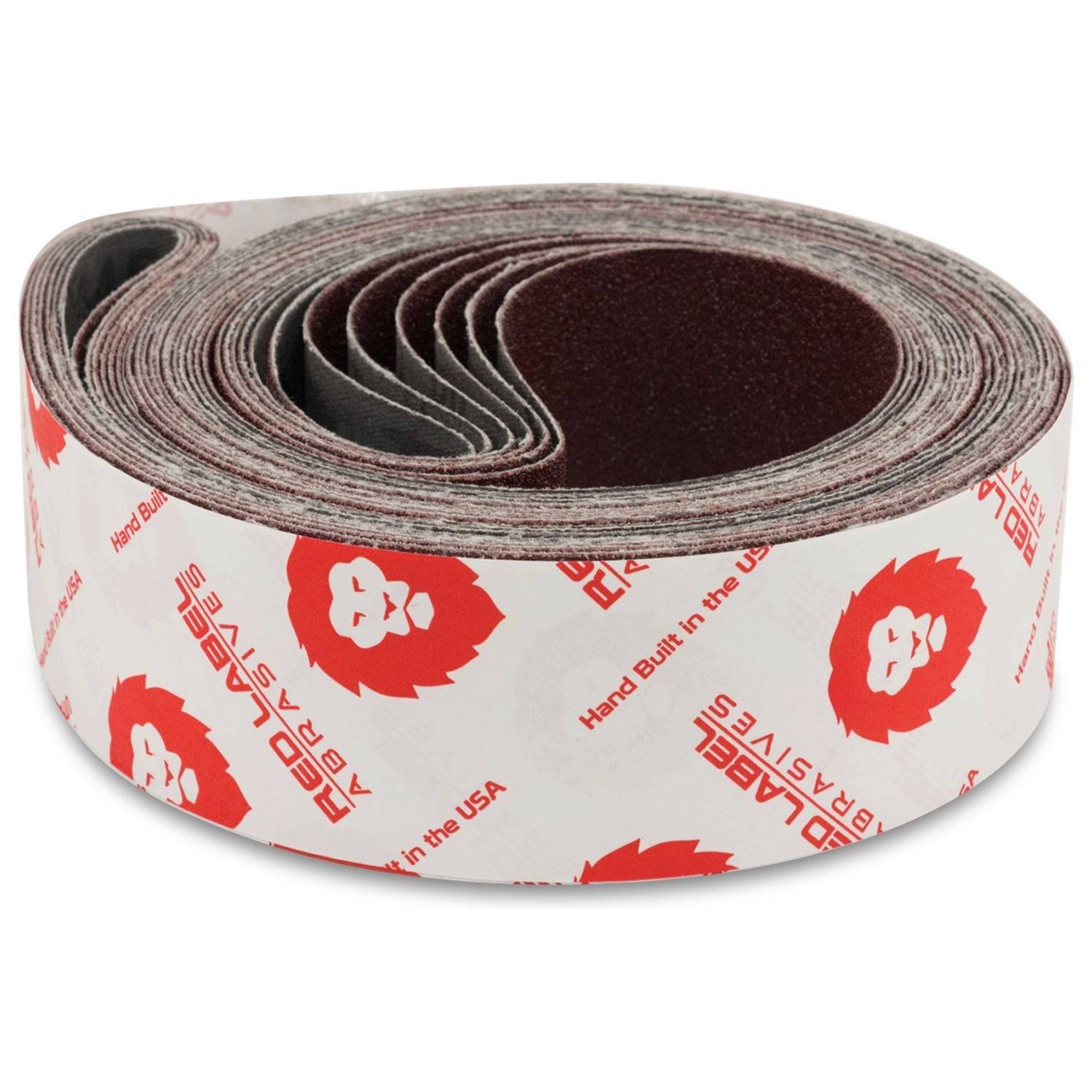
2 X 72 Inch Multipurpose Sanding Belts, 6 Pack
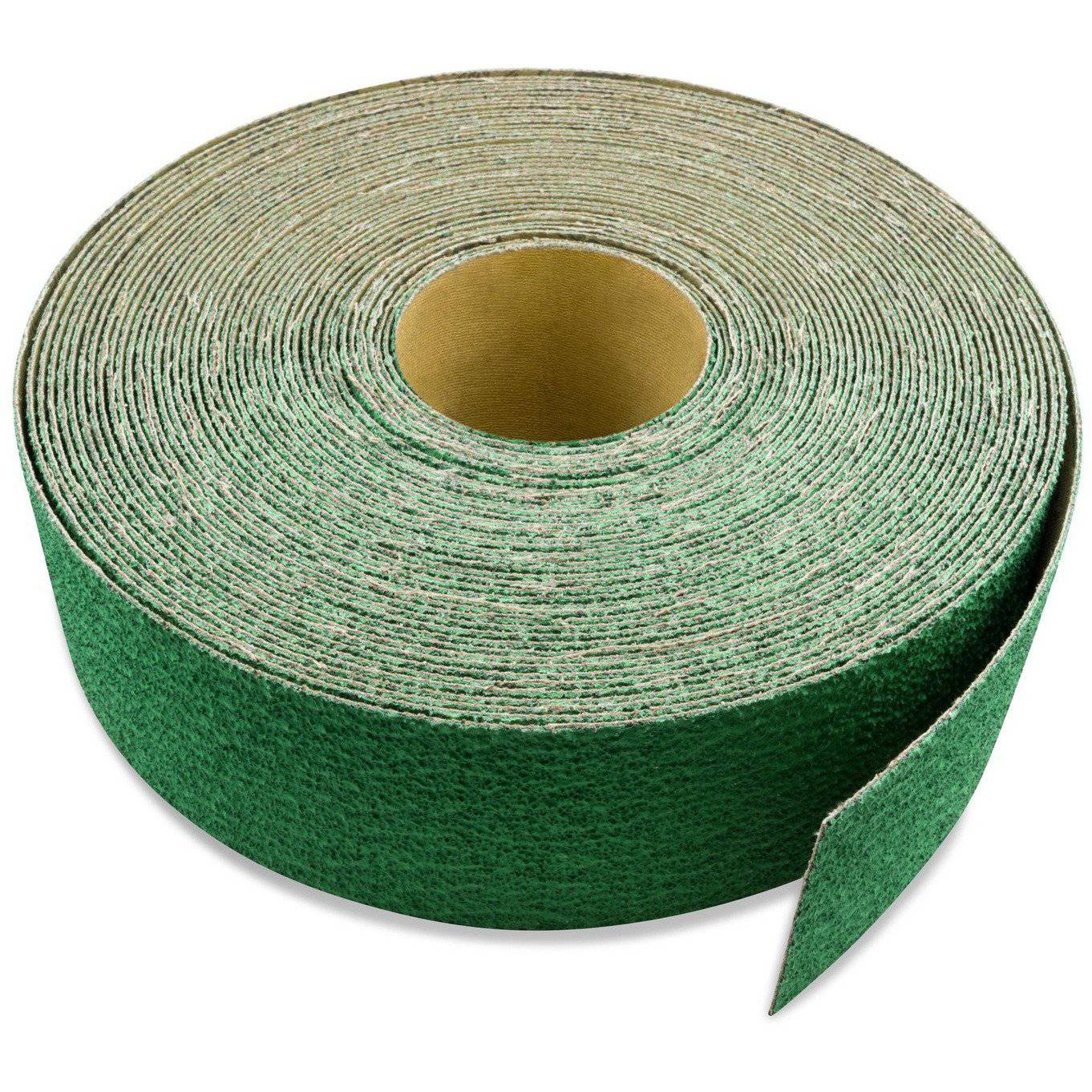
3 inch X 70 FT Premium Zirconia Woodworking Drum Sander Roll
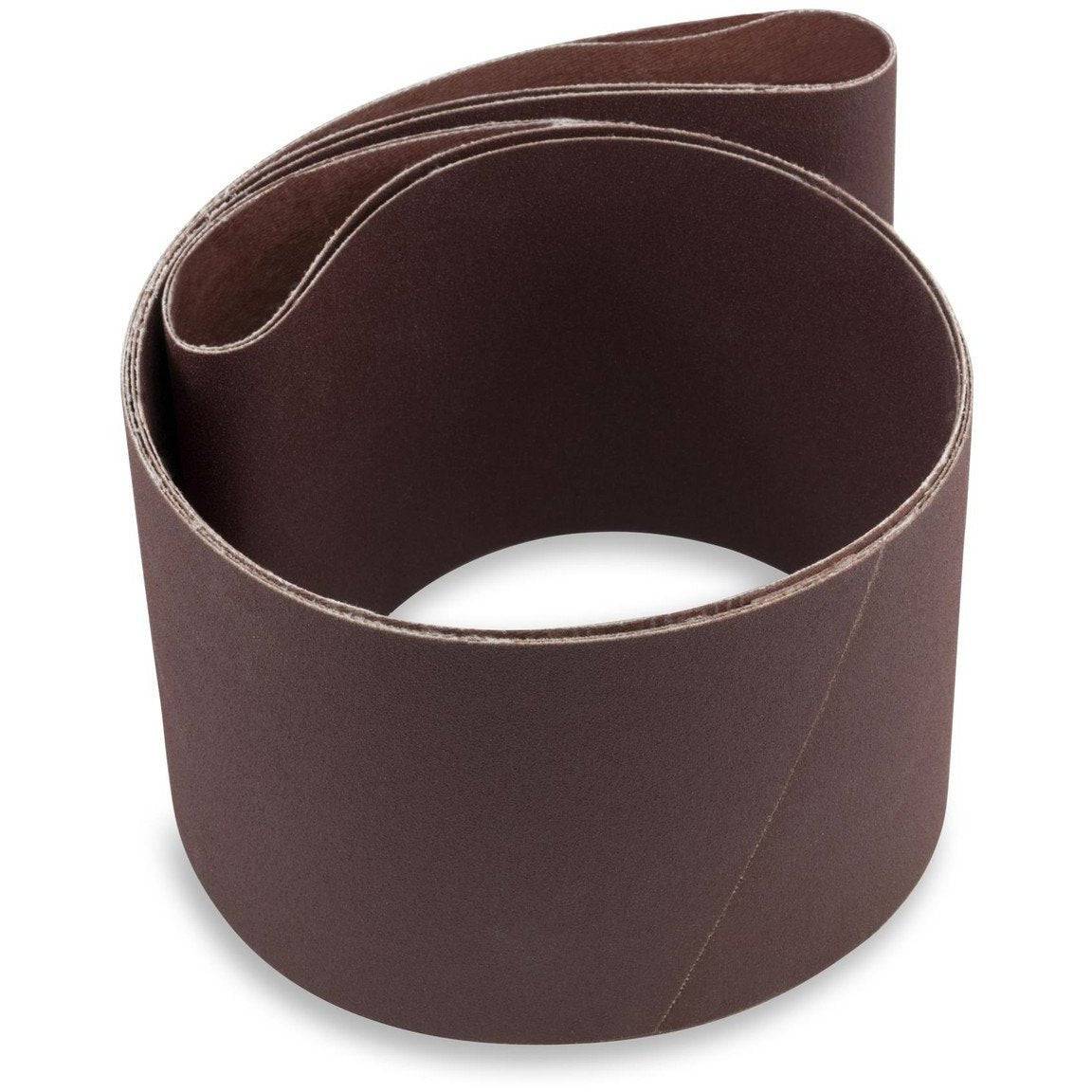
6 X 48 Inch Aluminum Oxide Wood & Non-Ferrous Sanding Belts, 2 Pack
Shop By Product Category





Why Choose Red Label?







